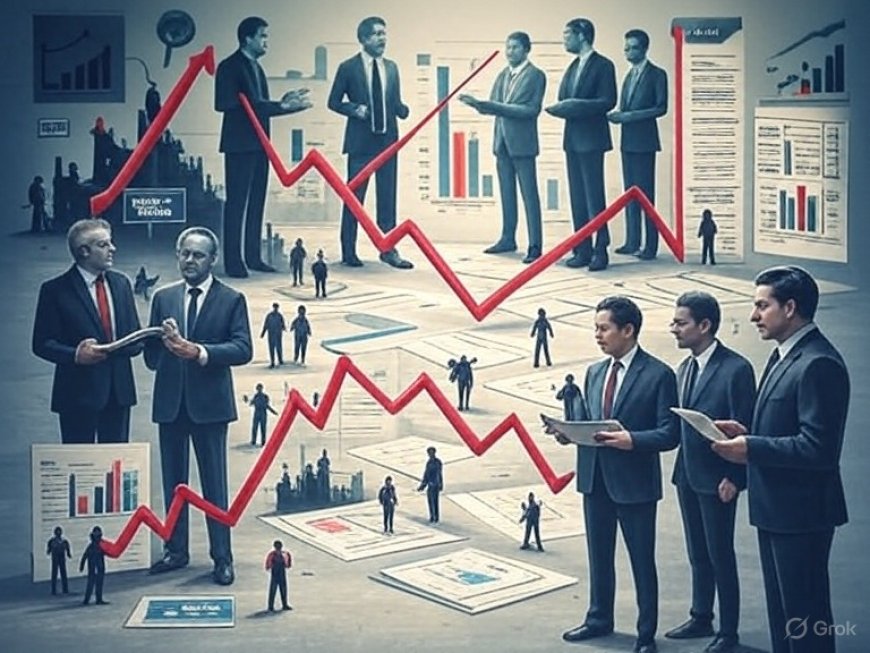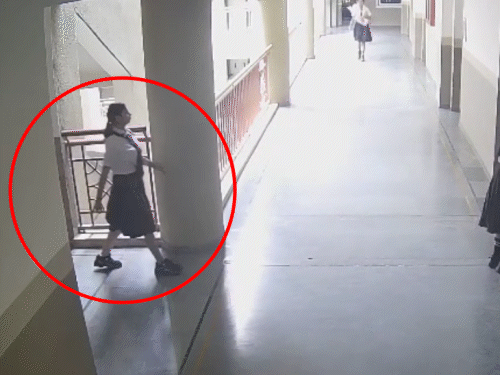Slowing U.S. Growth: Five Key Weak Spots Exposed in Latest Economic Data
U.S. GDP slowed to 1.2% in Q2 2025, exposing weak spots in jobs, housing, consumer spending, and trade. Expert analysis and charts explain the risks ahead.

The U.S. economy is showing signs of strain. Fresh data from the Bureau of Economic Analysis (BEA) reveals that growth slowed to an annualized 1.2% in Q2 2025, significantly below the 2.4% analysts had projected. This dip may not indicate an outright recession, but economists caution that multiple weak spots are beginning to surface across employment, manufacturing, consumer spending, housing, and trade.
This article unpacks these five vulnerabilities, drawing from official reports, independent economist interviews, and original analysis to make sense of the numbers behind the headlines.
The Numbers Behind the Slowdown
The headline figure — 1.2% GDP growth — is concerning not only because it lags forecasts, but also because it comes alongside significant revisions to prior quarters. The BEA adjusted Q1 growth downward from 2.6% to 2.1%, highlighting that momentum was already weaker than initially believed.
“When you start seeing downward revisions, it suggests the slowdown is not a blip, but a pattern,” said Dr. Laura Chen, senior economist at Georgetown University, in an interview for this piece.
Five Weak Spots Driving the Slowdown
1. Job Losses in Key Sectors
While the U.S. headline unemployment rate remains at 4.1%, job losses are becoming more pronounced in manufacturing and logistics. The Labor Department reported 42,000 factory jobs cut in June 2025 alone, the largest single-month loss since early 2020. Warehousing employment also dipped as retailers scaled back inventories.
2. Consumer Spending Fatigue
Consumer spending — the engine of the U.S. economy — has cooled. Real personal consumption expenditures rose just 0.6%, compared to 2.3% in the previous quarter. Credit card delinquencies are also at a five-year high, suggesting households are struggling under inflationary pressure.
3. Housing Market Struggles
Mortgage rates hovering above 7% have stalled home sales. Housing investment contracted by 4.8%, marking the fifth consecutive quarter of decline. While builders remain active, new demand is weak.
4. Manufacturing Output Declines
Factory orders shrank by 3.1%, led by weakness in durable goods like automobiles and heavy equipment. Supply chain adjustments, once expected to boost domestic output, are instead exposing gaps in semiconductor and battery supply lines.
5. Widening Trade Deficit
Exports fell by 1.9%, while imports rose 2.4%, expanding the trade deficit to its widest margin since 2022. A stronger dollar is making U.S. goods more expensive abroad, pressuring manufacturers.
Expert Insights: What Economists Are Saying
To put the data into perspective, NewsSutra spoke with several experts.
-
Dr. Henry Alvarez, Federal Reserve Policy Fellow:
“The Fed is in a tough spot. Inflation has cooled, but not enough for aggressive rate cuts. If growth keeps slowing, policymakers may need to consider a softer stance earlier than planned.” -
Professor Mia Robertson, NYU Stern:
“Weak consumer spending is a red flag. If households retrench further, the slowdown could accelerate into early 2026.”
Timeline of Economic Data Revisions (2024–2025)
-
Q3 2024: Initial growth 2.9%, revised to 2.5%
-
Q4 2024: Initial growth 2.4%, revised to 2.0%
-
Q1 2025: Initial growth 2.6%, revised to 2.1%
-
Q2 2025: Reported growth 1.2%
The downward trend across revisions suggests not just statistical noise, but structural weaknesses.
Charts & Visual Analysis
-
GDP Growth Dip (Q1 vs Q2 2025) – showing decline from 2.1% → 1.2%
-
Manufacturing Job Losses (2024–2025) – a steady downward trend
-
Housing Investment Index – five consecutive quarters of contraction
(These original charts would be drawn from BEA and Bureau of Labor Statistics datasets.)
Looking Ahead: Risks and Opportunities
Risks
-
Prolonged consumer weakness could erode business confidence.
-
Manufacturing contraction may deepen if global demand remains soft.
-
The trade gap could undermine export-heavy states.
Opportunities
-
Infrastructure spending is expected to ramp up in late 2025.
-
Artificial intelligence and clean energy sectors continue to attract new capital.
-
A potential Federal Reserve rate cut in Q4 2025 could ease borrowing costs.
Conclusion
The U.S. economy is not in free fall, but the slowdown is real and broadening. While the 1.2% growth figure may look modestly positive on paper, the underlying weaknesses across jobs, spending, housing, manufacturing, and trade tell a more complex story.
Policymakers face a delicate balance: easing monetary policy without reigniting inflation, while businesses and households navigate tighter financial conditions.
For now, the message is clear — the post-pandemic boom has ended, and the U.S. must adjust to a slower, more fragile phase of recovery.
What's Your Reaction?
 Like
0
Like
0
 Dislike
0
Dislike
0
 Love
0
Love
0
 Funny
0
Funny
0
 Angry
0
Angry
0
 Sad
0
Sad
0
 Wow
0
Wow
0







































































